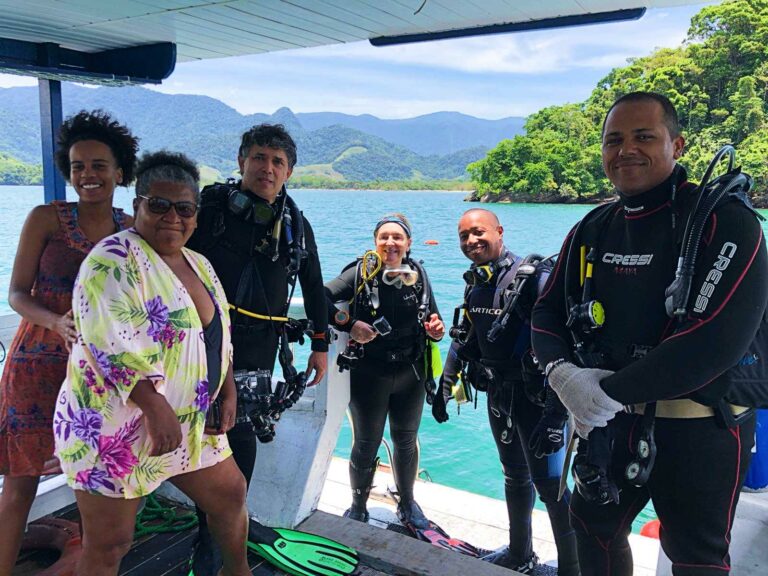Archaeological scuba divers believe they have tracked down the wreck of the 19th-century slave-ship Camargo in Ilha Grande Bay in southern Brazil. The brig was the last known ship to bring enslaved Africans to the country, and its notorious captain Nathaniel Gordon would become the only person ever to be executed in the USA for slave-trading.
Working in challenging low-vis conditions, however, it looks as if extricating the wreck from the mud of the bay is going to prove a challenging undertaking for the research team, which is led by the AfrOrigens Institute, an archaeology project concerned with Brazil’s African diaspora.
In 1851 Captain Gordon, from Portland, Maine, was commissioned to sail the Camargo from San Francisco to New York – but he decided instead to steal it, sail to Africa and follow in his father’s footsteps by becoming a pirate and slave-trader.
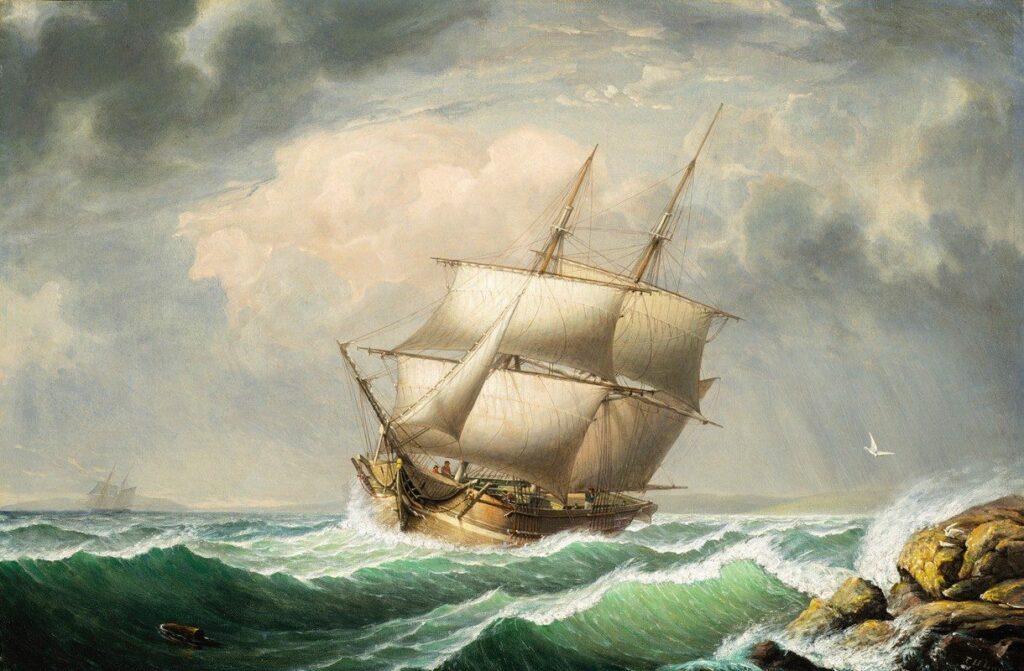
He made his way to Africa’s east coast where, in Mozambique, he captured some 500 Africans. He then sailed with them to Bracui, a clandestine port in Angra dos Reis in Brazil, about 100 miles west of Rio de Janeiro, arriving in December 1852.
Gordon planned to sell the Africans to farmers in the area, even though slavery had recently been abolished in Brazil. But when his ship was spotted and pursued by a British man o’ war and Brazilian naval vessels he decided to burn and scuttle the Camargo, in an effort to destroy evidence of his crimes. Some of the Africans aboard died, most were picked up and some of the crew were captured.
Gordon managed to escape from Brazil by dressing as a woman and resumed his slaving voyages, which were marked by extreme cruelty even by the standards of his time. It was not until 1860 that he was captured off Cuba on a ship carrying 980 enslaved Africans. He was taken back to the USA, where he was sentenced to death for his life of crime.
The usually compassionate president Abraham Lincoln refused to consider appeals to commute Gordon’s sentence: “Any man who, for paltry gain and stimulated only by avarice, can rob Africa of her children to sell into interminable bondage, I never will pardon,” he said. Gordon was hung, aged 36, as a symbol of the end of illegal slave-trading in the Americas.
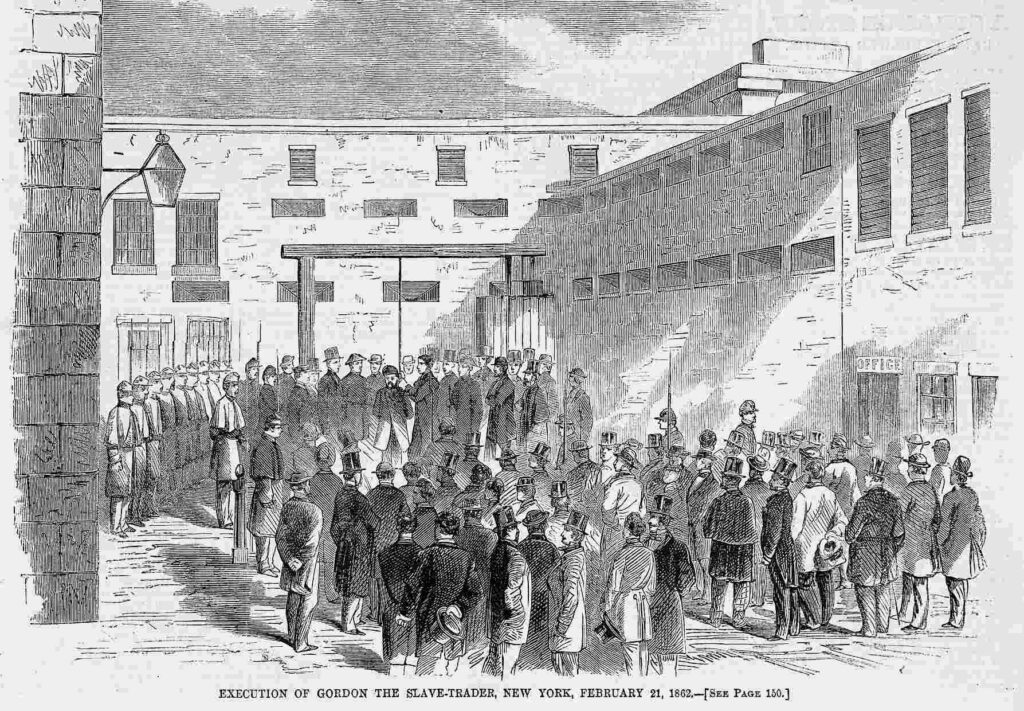
‘The Boat’
Brazil imported more enslaved Africans than any other country in the world, estimated at some 5.5 million of the 12 million brought across the Atlantic to the Americas.
Quilombos were originally communities set up by fugitive African enslaved people in inaccessible areas of Brazil to make a living from farming and fishing. “They are closely linked to these ships of death, and are an essential part of this research and documentation,” says the AfrOrigens Institute.
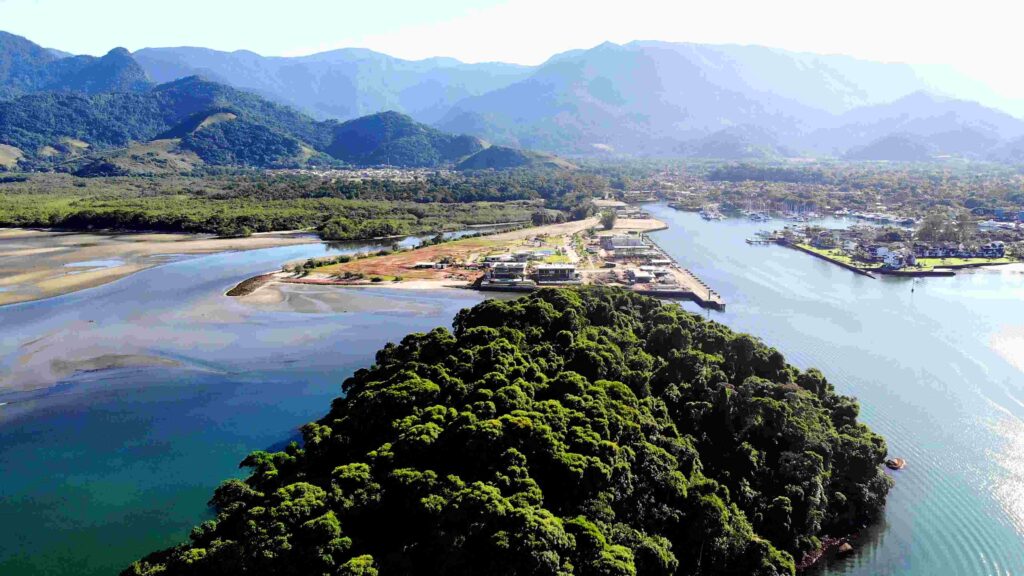
For generations the descendants of formerly enslaved people in Angra dos Reis had referred to one particularly productive fishing-site as “the Boat”, and the archaeologists suspected that it might have been the remains of the Camargo that were attracting the fish.
The AfrOrigens Institute was founded by a group of Brazilians including Yuri Sanada, a diving instructor, Explorers Club member, film producer and TV host. He has been filming under water ever since he started a dive-centre in Japan in the early 1990s.
The institute has been collaborating with the US Slave Wrecks Project and other bodies to investigate the Angra dos Reis area. Earlier this month, it asked the local Quilombo Santa Rita do Bracuí for help in locating “the Boat” site, to determine whether it could be the wreck of the Camargo.
“People still fish around the area, but the main problem was that predatory fishing techniques in previous years may have destroyed any superstructure above the mud,” Sanada told Divernet.
His team carried out sonar surveys at various potential sites suggested by the community, using sub-bottom, side-scan and magnetometer sensors, and came up with three likely marks. They then scuba-dived to explore them, though they were hampered by the consistently poor visibility.

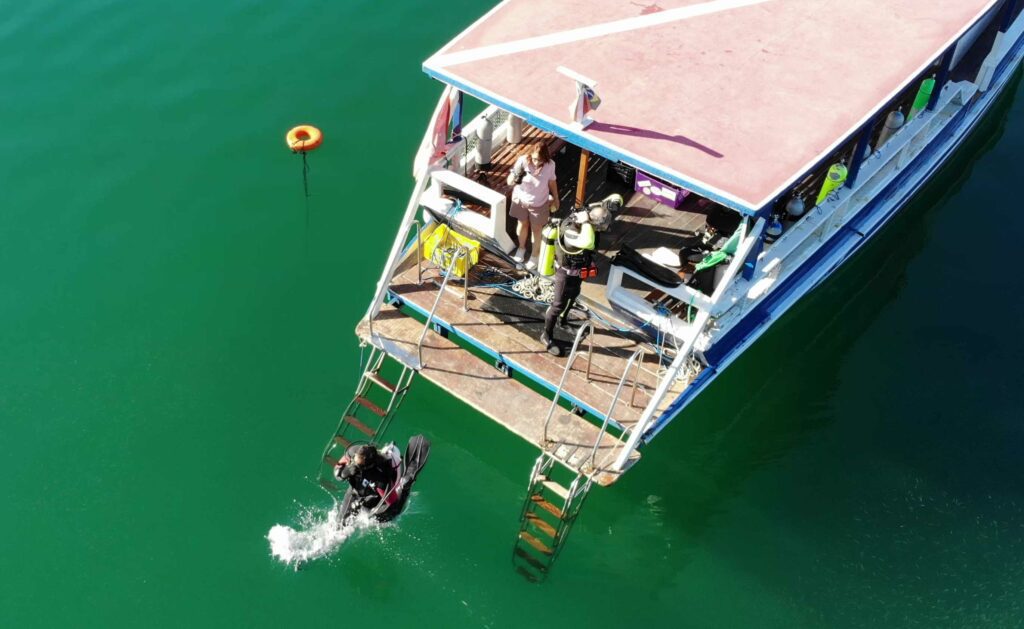
The AfrOrigens dive-team of five consisted of Sanada and his wife Vera, the institute’s financial director; Gilson Rambelli, described by Sanada as the pioneer of underwater archaeology in Brazil; and fellow-archaeologists Luis Felipe Freire Dantas Santos, president of AfrOrigens, and Julio Cesar da Silva Marins.
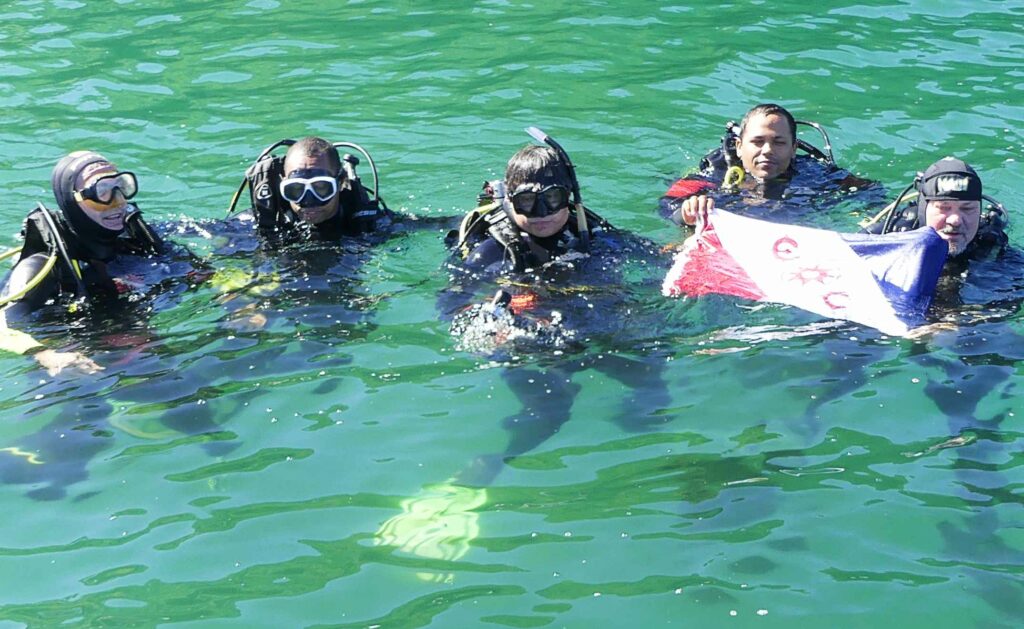
One of the marks explored proved to be that of a more modern shipwreck than the Camargo, as yet unidentified. “It is the only one with structures that can be seen and photographed,” says Sanada. “This might be used by the community later as a dive-site for tourists.”
Part of the overall project consists of teaching people from the Quilombo to dive, “hoping that some will be future guides of an on-site archaeological shipwreck museum. We are also teaching them archaeology and cinema production.”
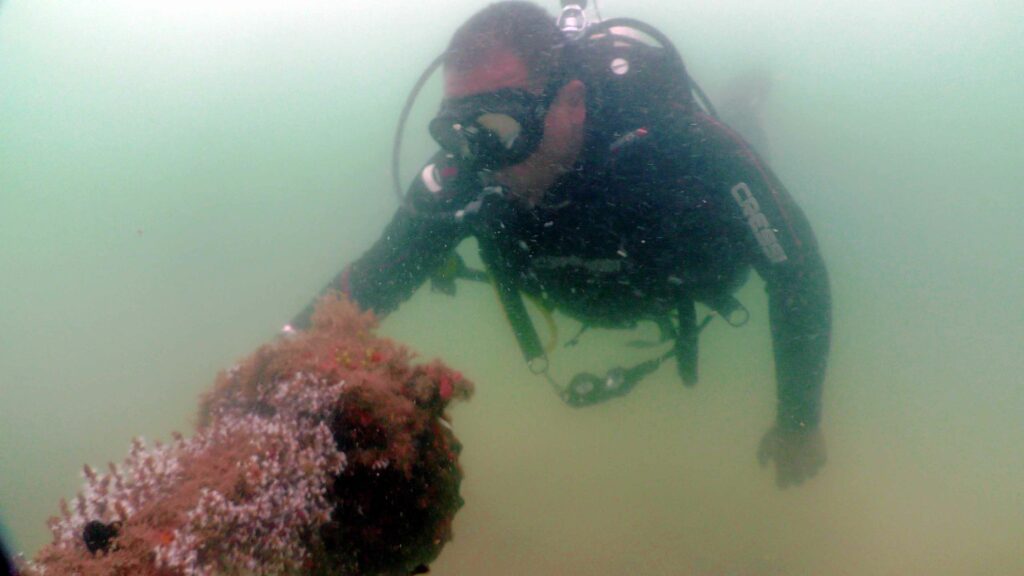
Dragging the mud
That left two marks, but they were enveloped in a layer of mud extending as deep as 5m, in water ranging from 6 to 12m deep. “One is most probably the brig Camargo, as the size, shape, and historical data match but, of course, we’ll only know for sure after we do the analysis of whatever we find in the next phase,” says Sanada.
“We should be back to start dragging the mud and excavating the site in October.”
The team have a detailed description of the Camargo obtained from the boatyard where it was built and are expecting the remains to match, but also hope to find artefacts to support the identification.
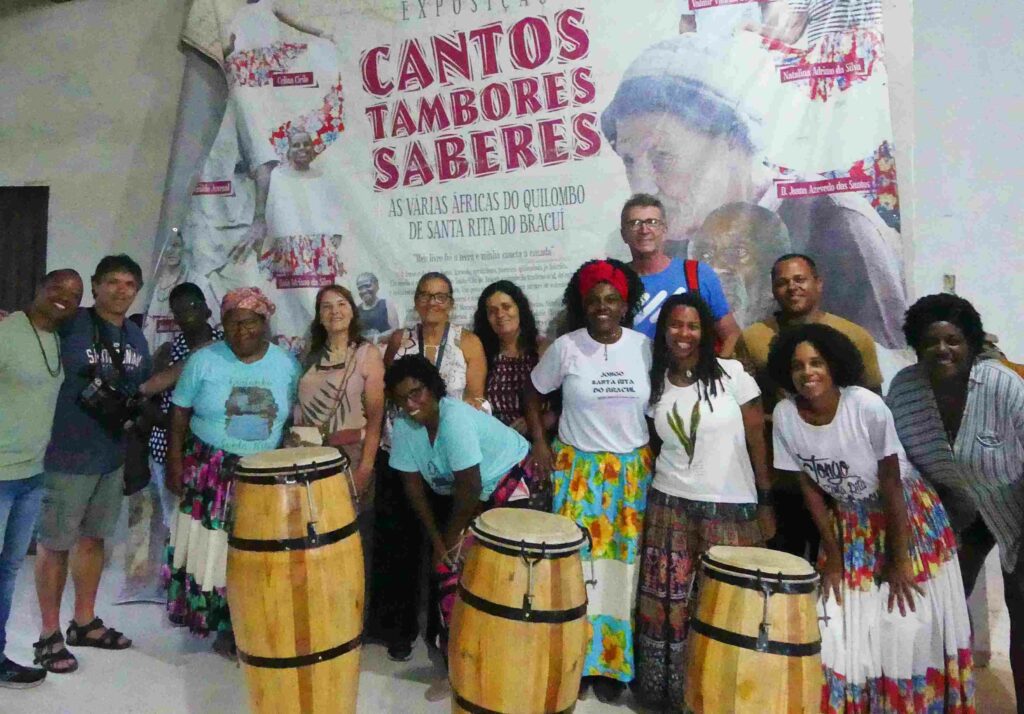
Sanada is working on a documentary about the Camargo project, and his film-production company Aventuras Produções is also developing Black Birder, a narrative feature film about Captain Gordon in the USA.
Collaborating on the project are the Slave Wrecks Project, co-ordinated by the Smithsonian Institution National Museum of African American History & Culture and George Washington University, Fluminense Federal University, the Federal University of Sergipe and Brazil’s National Archives.
Also on Divernet: Divers ID historic slave shipwreck, First Mayan slave wreck ID’d off Mexico, Divers reveal shameful history in Enslaved, Solved: Blackbeard’s shipwreck coal mystery
